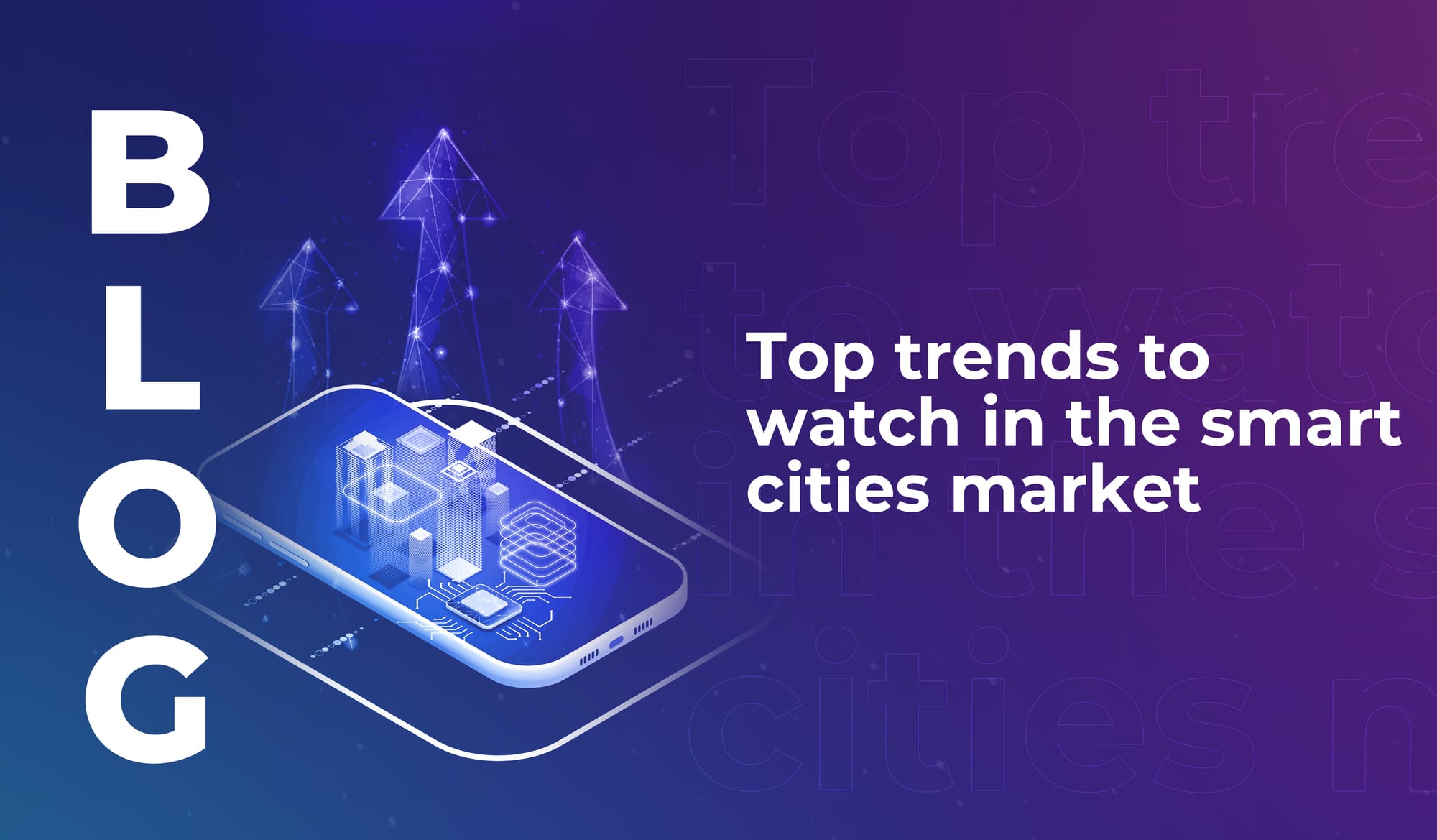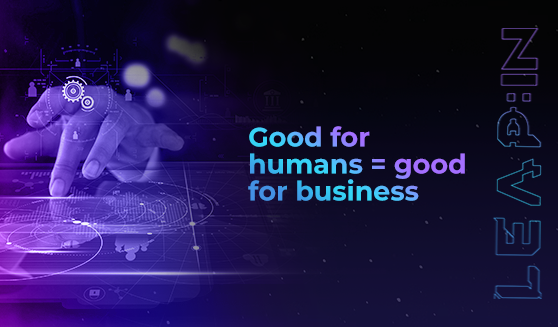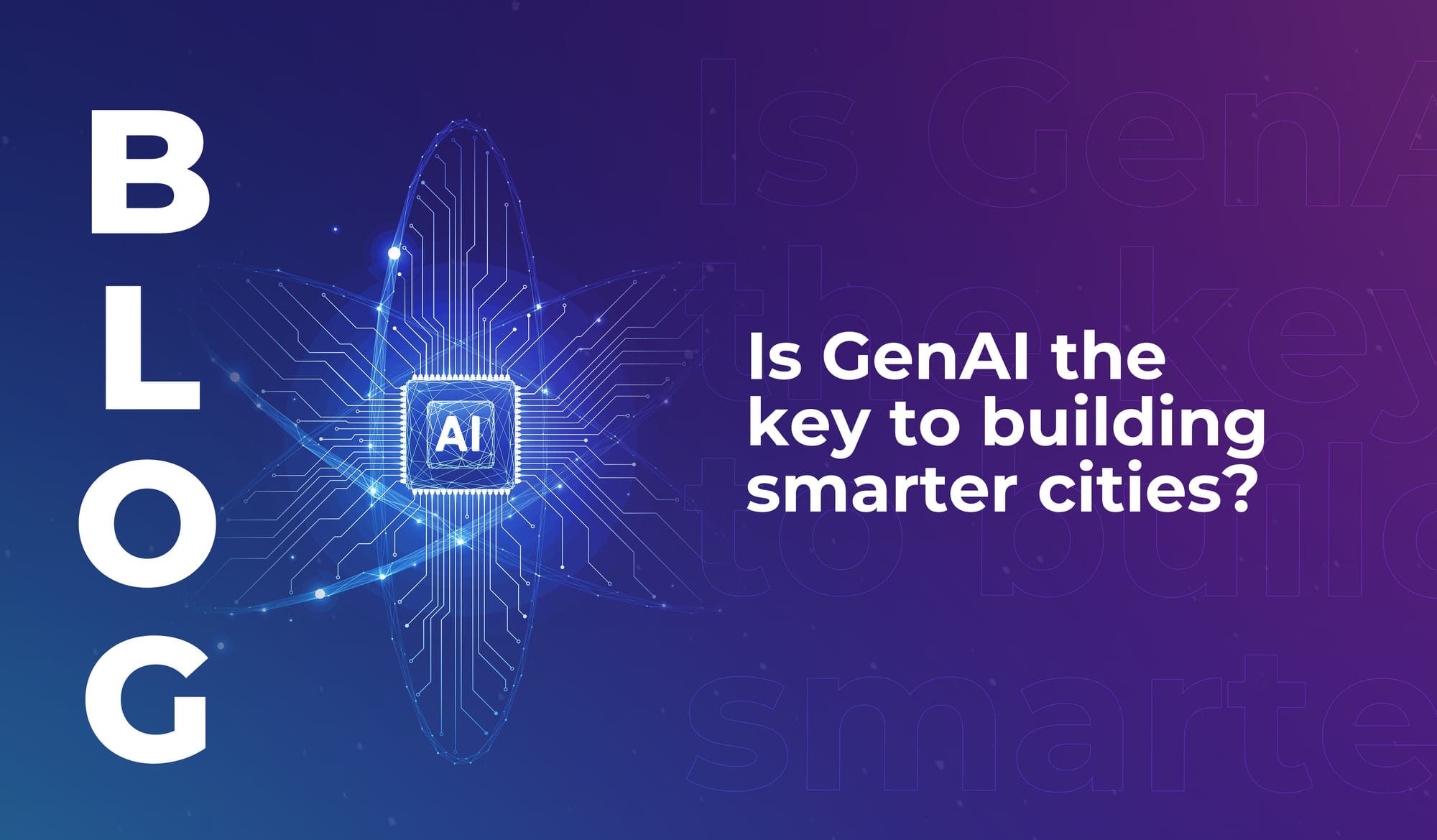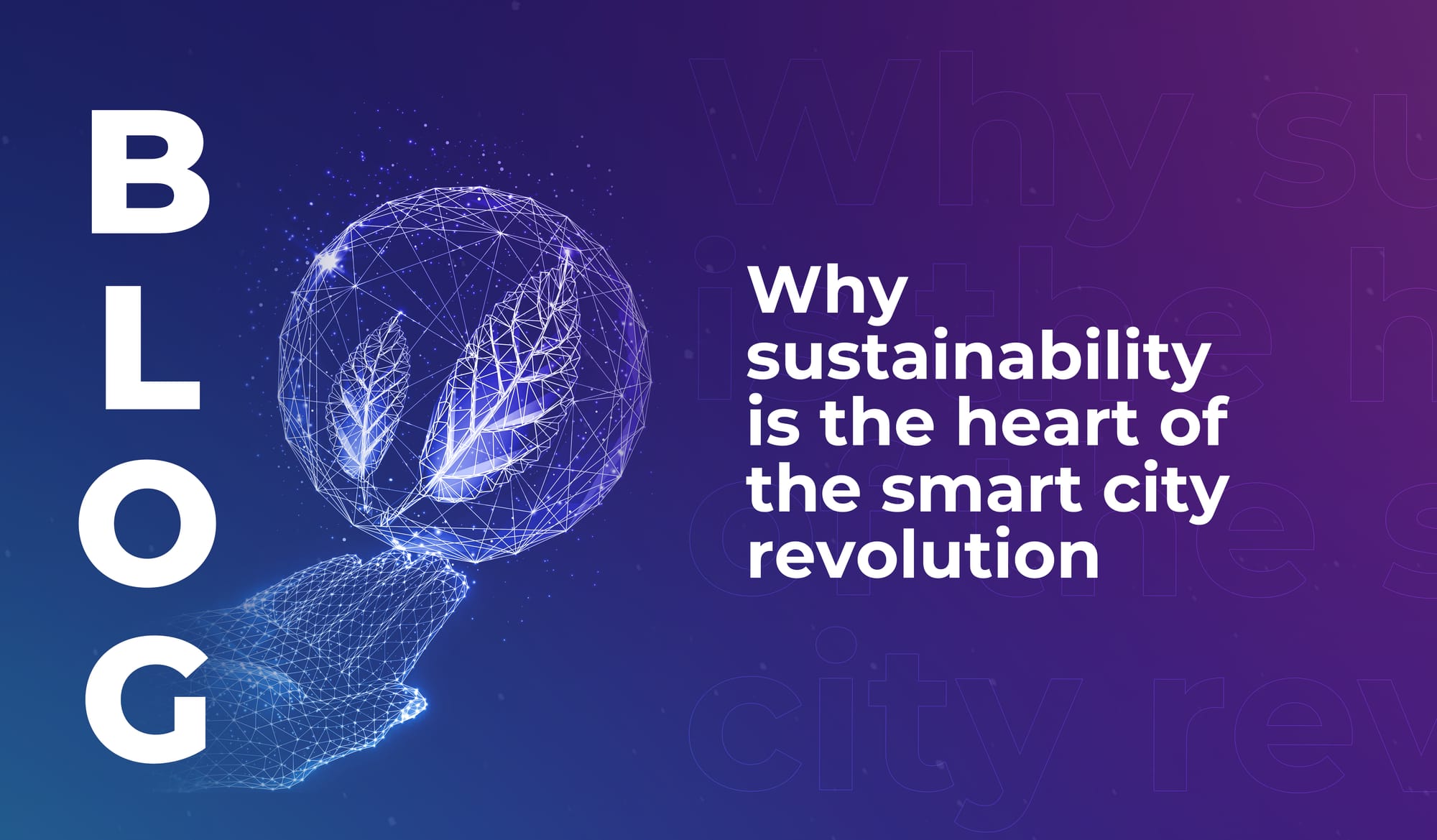
Top trends to watch in the smart cities market
Explore key smart city market trends for 2025–2030, from EV infrastructure to AI-powered waste systems – backed by the latest industry report.


Welcome to this week’s LEAP:IN newsletter. Each week, we unpack leader’s powerful quotes and decipher the tech landscape. With exclusive content from some of the world’s leading experts in AI, robotics, space, edutech, climate tech and more, read on to discover this week’s insights and subscribe to receive weekly updates direct to your inbox.
What Al Amin said:
“We don’t only see sustainability as a necessity and responsibility. It’s good for businesses and good for governments.”
1. Globally, the energy as a service (EaaS) market was worth USD $64.20 billion in 2021. With a CAGR of 9.9%, it’s projected to hit USD $124.10 billion by 2028 (data from Fortune Business Insights)
2. The voluntary carbon offset market value is forecast to reach USD $700.5 million by 2027, at a CAGR of 11.7% between now and then (data from Market Reports World)
3. The green technology market size was USD $10.32 billion in 2020, and projected to reach USD $74.64 billion by 2030 with a CAGR of 21.9% (data from Allied Market Research)
4. The lesser known novel water sustainability market was worth USD $8.4 billion in 2019, with a projected value of USD $15.4 billion by 2024 (data from BCC Research)
In short, sustainability markets are growing quickly. There’s money to be made by businesses that tap into these markets as they gain traction — and as the climate crisis becomes more acute, their traction-gaining is only going to speed up.
Absolutely. Business problem-solving firm Circle recently gathered opinions on sustainability from business leaders across industries.
Dexter Galvin (Director of Corporations and Supply Chains at CDP) said:
“We are facing a multi-trillion-dollar climate, water, and deforestation crisis over the coming decades. The 2020s must be the decade of rapid transition. Businesses are reporting $1 trillion of risks but $2.1 trillion of opportunities — so there’s clearly a massive profit incentive for companies to act now. Companies must urgently set 1.5 degree aligned Science Based Targets and take meaningful action in their supply chains if they plan to survive and thrive in the 2020s.”
And Matt Ellis (CEO at Measurabl) said:
“Where the 2000s were about ‘green’ and the 2010s about ‘sustainability’, the 2020s will be defined by ESG. Environmental, social and governance considerations will be factored into virtually every aspect of business, from individual hiring to public offerings.”
Elsewhere, at the University of Cambridge Corporate Leaders Group, Jean-Marc Ollagnier (Europe CEO at Accenture) said:
“Time is of the essence, so setting higher EU2030 targets is critical. Profit and purpose are inextricably linked for business, so sustainability should be seen as a huge opportunity…This is the moment for companies, government and society to work hand in hand to rebuild together and transform our economy into one that works for the benefit of all.”
We couldn’t talk about sustainability being good for business without mentioning Tesla, could we?
In 2021 every Tesla model aced its consumer road test, with the Model S described as “one of the best cars we’ve ever tested”. It’s a sustainability-focused business with a clear future. And in 2021, Tesla reported revenue of USD $53.8 billion, up from $31.5 billion in 2020. Very big, very green, with profit margins on the up.
Like Al Amin said, sustainability is good for governments too. Why? We’ll defer to UNESCO on this one:
“Sustainability is a paradigm for thinking about the future in which environmental, societal and economic considerations are balanced in the pursuit of an improved quality of life.”
To have a prosperous society and a thriving economic system, you’ve got to have a healthy environment — which includes ample food and resources, safe drinking water, and clean air. A government is good (and an economy can be strong) when its citizens are healthy, happy, and productive.
Watch the video: Zainab Al Amin on leadership in sustainability
What Vincent said:
“The why people learn medicine…the process of learning hasn’t really changed in a hundred-plus years, it still involves practising on humans. And there’s an enormous human cost to that, there’s an enormous financial cost to that.”
To give just a few examples…
In many countries, medical schools still use ‘unclaimed’ bodies for medical training, in spite of the recommendation from the International Federations of Associations of Anatomists (IFAA) that only bodies that have been donated with consent should be used.
– In India, a 3 year analysis of the source of cadavers found that unclaimed bodies and accident victims were the main source.
– In Saudi Arabia, reports suggest that approximately 150 cadavers are imported each year. They come from the US, Germany, and China.
– In the USA, while donation with consent is a common source of bodies for medical training, studies like this one suggest that informed consent isn’t really possible because only 9% of medical schools offer clear information on how cadavers will be used.
Also in the USA, critics including clinical anatomist Edward C. Halperin have argued that ‘the poor, the Black, and the marginalised’ are the primary source of cadavers in American medical education.
Estimates suggest that cadaver acquisition costs medical schools in the USA approximately $2000 per body. In the UK, it’s as much as £550 per limb (shoulder to fingertip). And elsewhere? Hard to say. We’ve been digging, and we’ve yet to come up with dependable and accessible figures for acquisition costs in most regions of the world.
This is a real selling point for blended VR anatomy and medical training. Because the cost of VR products can be transparent, and education can be scalable without pushing budgets into the stratosphere.
The COVID-19 pandemic brought up the issue of resilience in medical training methods. It disrupted anatomy teaching significantly.
Why?
Because cadaver dissection happens in person (or…in the flesh?) with teachers and students on-site. Analysis found that cadaver use decreased between August and December 2020 (before: 74.1 ± 34.1%, during: 50.3 ± 43.0%, P <0.0001). It decreased both in the US (where the analysis was focused) and internationally, and within public and private institutions.
Basically, the crisis meant that medical students had very limited access to cadavers as a training method. And when medical schools are relying on cadavers to provide education, this is a serious problem.
VR medical training, however, wasn’t just unaffected by the pandemic — it saved the day. Pre-graduation medical training since the onset of the pandemic has included digital and remote solutions, including VR simulation to practise procedures.
A survey published in BMC Medical Education found that 90% of students gave a positive evaluation to VR training, and the majority of students considered VR training to be a realistic platform for initial clinical assessment (77%), diagnostic activity (94%), and treatment options (81%). A significant 84% of students considered the future use of VR training to be a useful element of medical education.
We’ve entered an era of human life in which disruption to common practices in medical education are likely to become more frequent. It’s no longer always possible for students to spend their time in close proximity with teachers and patients. VR offers a way around that; with the potential to give students in all areas of the world access to high quality, measurable, and standardised learning experiences.
Which sounds good to us. Because every area of the world needs well-trained, confident doctors.

Explore key smart city market trends for 2025–2030, from EV infrastructure to AI-powered waste systems – backed by the latest industry report.

Learn how generative AI is unlocking the true potential of digital twins – to make smart cities more efficient, inclusive, and citizen-focused.

The smart cities of the future will use tech to lower emissions, cut urban temperatures, and improve quality of life in highly populated areas.

Explore key smart city market trends for 2025–2030, from EV infrastructure to AI-powered waste systems – backed by the latest industry report.

Learn how generative AI is unlocking the true potential of digital twins – to make smart cities more efficient, inclusive, and citizen-focused.

The smart cities of the future will use tech to lower emissions, cut urban temperatures, and improve quality of life in highly populated areas.